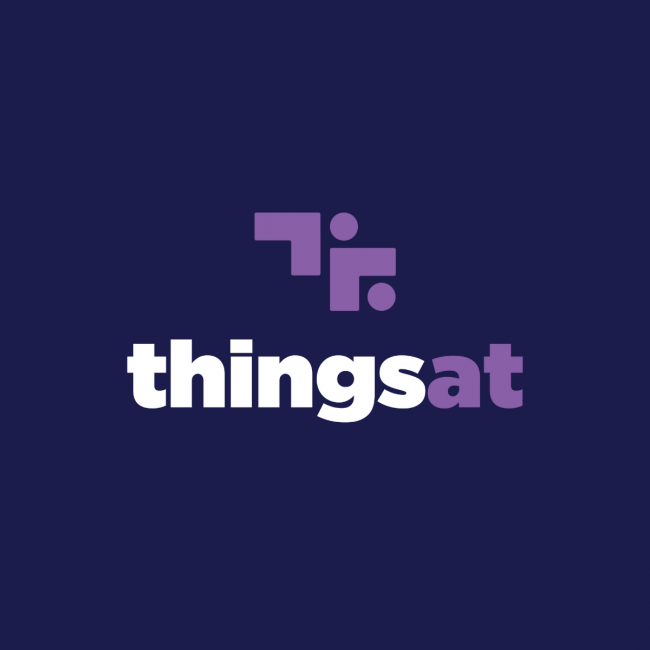Managed Operating Environment Management Under Pressure

In-house Managed Operating Environment (MOE) management is under pressure as skills shortage bites and internal staff costs increase.
For more than a decade, organisations, especially the large ones, have used an MOE to help manage their huge fleets of devices and reduce IT complexity.
MOE is a managed operating environment or specific operating system and collection of software that a company’s IT team defines as the standard build. MOEs provide a solid foundation for repeatable, reliable, predictable IT infrastructure and systems. They basically ensure that all your computers are as similar as possible.
With MOEs, IT teams can automate the deployment and maintenance of end user computing devices. With fully automated provisioning, applications can be deployed faster and with fewer errors. Then, when systems are online, an MOE helps ensure consistent and timely patching and other maintenance.
MOE requires a highly specialised set of skills and expertise, and good MOE managers are a scarce resource. They’re expensive and with an increasing skills shortage in Australia, they are only going to become even more so.
With an in-house MOE function, the standard practice is to have a very limited device range and usually a limit of one vendor. Whilst internally this makes management a simpler task, it places a number of constraints on the organisation.
External partners provide access to more vendors creating better commercial outcomes and predictable, standardised monthly fees.
Working with an external partner provides companies with access to more vendors and experience, allowing organisations to have mixed vendor fleets if they choose to. A mixed fleet can bring ancillary benefits with it, primarily because when you create a competitive environment you can drive better commercial, technical and business outcomes.
Outcome-based contracts with external providers also ensure that the enterprise is able to achieve the required performance for a fixed fee during the contract length. This mitigates the increasing cost of staff year on year and removes the need to train staff to ensure that they are skilled in the latest resources and security needs
MOE takes significant effort to get right and stay right. It’s not easy to enforce a set of standards in a completely airtight way, especially in large scale environments. The deeper the MOE definition, the more hands-on effort is required to test, select and maintain the standard, the broader the extent of the MOE, the more effort is required.
You need the people to plan and implement the program, as well as those to manage it as a regular ongoing function, the test facilities and technically skilled people to conduct product testing, the Network Management Tools such as software distribution technology and the time and skills to manage the vendors.
Work is now digital and mobile, and working in digital space creates many challenges for organisations. The standard operating environment needs to be reassessed as the norms from a physical workplace don’t always work as well in a digital space. It’s hard to standardise technologies and tools when workers need to improvise solutions on the fly and have access to countless options available for download.
A proliferation of devices and the impact of remote work provides impetus to outsource managed operating environment
MOE is an inclusion in the ThingsAt Device as a Service model. With a depth of end user computing advisory and professional services experience, our detailed value assessment phase allows us to build the plan of what needs to be done including documentation of a strategy and service guides so that everyone knows who does what.
The value creation stage is where we use our internal project management skills to help run the actions that need to occur to deliver the solution which includes MOE management and development and factory MOE build and configuration. This reduces the number of applications to the user needs to optionally install, and configuration can be optimised to target the right device for each user and assign applications prior to the user receiving the device.
All data and profile migration information can be implemented so the user has access to all the information they need from sign in. ThingsAt also provides a ‘white glove’ service to assist with user adoption and enable them to be more productive more quickly.
The benefits of outsourcing MOE are well-documented and proven.
- More effective automation as a standard outsourced solution facilitates the maintenance of the software environment and fosters speed and replication by allowing process automation to deploy software on workstations and help eliminate error-prone manual tasks.
- Greater exposure to a range of vendors and devices from the outsourced provider enables greater flexibility in device choice should the enterprise need it.
- Better business efficiency by outsourcing the management of provisioning, configuration, software patching and other upgrades- reducing the cost and time associated with deployment, maintenance, and support of workstations.
- Outcome-based contracts ensure that the enterprise is able to achieve the required performance for a fixed fee during the contract length. This mitigates the increasing cost of staff year on year and removes the need to train staff to ensure that they are skilled in the latest resources and security needs.
- Enhanced governance, compliance and security because third party management makes it easy to identify when something is out of place. MOE eliminates manual load, enhances compliance and management, and improves the overall security of the organisation’s IT systems and applications.
- Ability to integrate MOE delivery and security testing without the need to have both skills in house.
The workplace is no longer the place where workers go to work. This fact alone is reason to assess support and services across the entire organisation and carefully examine where the most value is to be gained based on current activities and costs. The proliferation of devices per user, the rise of remote work and the shift of where work now lives creates an even greater headache for IT that can be well addressed by outsourcing device fleet management to a provider that can handle everything including the MOE.
Read more about the ThingsAt Device as a Service solution and the benefits it can deliver your business.
